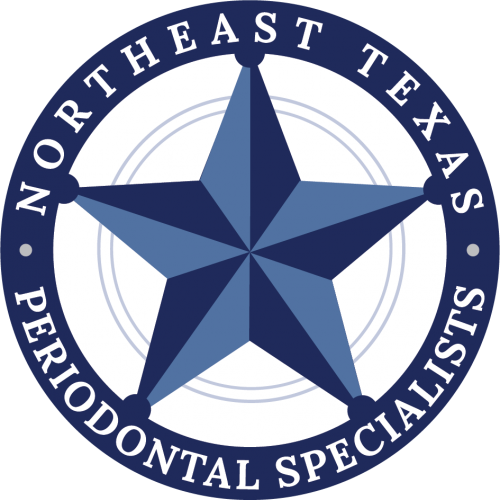For any dental implant restoration, there are two key steps: surgically implanting the implant posts, and placing, or “loading,” the dental prosthetics onto the implant posts. With Teeth in a Day treatment, dentists can implant specially designed posts and load the dental restorations on the same day, providing near-immediate dental restorations for people missing one or more teeth. With traditional implants, on the other hand, there is an extended healing time while the jawbone heals around the implant posts, causing a delay that can be frustrating but is necessary for the long-term stability of the restoration. Due to the design and placement of Teeth in a Day implants, the restoration and implant posts work together to provide immediate stability for a dental restoration; as the bone heals around the implant posts, stability increases. Teeth in a Day treatment can be used to replace a single missing teeth, a few teeth in a row, or an entire row of missing teeth. The procedure is convenient and effective, though it isn’t without its drawbacks.
With traditional dental implants, patients need to use a partial or complete denture while their dental implant surgical sites heal, which can take several months or longer. Many patients find these temporary prosthetics uncomfortable and inconvenient, though they’re preferable to having no teeth at all. With Teeth in a Day treatment, the patient spends very little time – usually not more than a couple of hours, at the most – without teeth, and the restorations placed with Teeth in a Day allow patients to eat and talk comfortably, and smile confidently, while the implants heal. Thanks to technological and design advances, the treatment techniques for Teeth in a Day are consistently successful and provide many patients with convenient, durable dental restoration options. In many cases, dentists can use as few as four dental implants to support a complete row of teeth, using design techniques to optimize available healthy bone, which helps keep costs down without threatening the quality of the restoration.
It is important to realize, however, that even Teeth in a Day implants still need to fully, properly heal in order to reap their full benefits. As the posts heal, the jawbone fuses with the implant posts; this osseointegration process creates sturdy, stable support for the dental prosthetic, and it is still important with Teeth in a Day restorations. This means that patients need to observe all aftercare recommendations during healing, which usually takes between 3 and 6 months for this type of implant. Patients should refrain from eating hard, crunchy, or sticky foods for around 6 to 8 weeks after surgery, and failing to follow these recommendations increases the risk of dental implant failure. While Teeth in a Day provides patients with immediate dental restorations, these restorations are usually temporary, replaced with permanent restorations once osseointegration of the implant posts is completed. Because these immediate restorations are usually temporary, they may not be as aesthetically pleasing as the final restorations, though they are more appealing, and more comfortable, than the removable dentures and bridges used with traditional dental implant treatments. When placed by a skilled, reputable implant dentist, Teeth in a Day dental implant restorations can provide immediate confidence and improved function for patients who don’t want to wait for their replacement teeth. Your dentist can help you decide whether Teeth in a Day treatment is a good option for you, if you’re hoping to replace one or more missing teeth.

